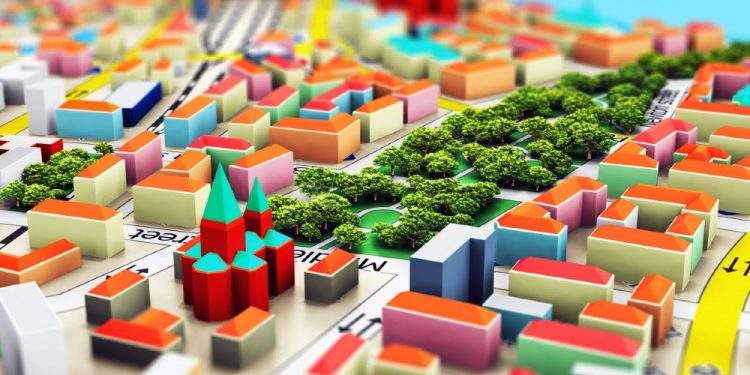The Guardian’s Oliver Wainwright recently discussed a new “international socialist conspiracy” that has taken the world by storm.
“Fringe forces of the far left,” he noted, “are plotting to take away our freedom to be stuck in traffic jams, to crawl along clogged ring roads and trawl the streets in search of a parking spot.”
The name of this “chilling global movement?” he asked, sarcastically and somewhat contemptuously: The “15-minute city.”
Wainwright believes that these cities are simply part of a “mundane planning theory.” He’s wrong.
A few days after Wainwright’s piece was published, three academics called 15-minute cities (FMCs) “the hottest conspiracy theory of 2023.” In a truly elitist manner, they poked fun at those who dared to question the motive behind FMCs.
One needn’t be a card-carrying QAnon member to have fears over these Trojan-like creations. Before going any further, it’s important to get our definitions in order. As the political scientist Kelly M. Greenhill has noted, not all conspiracy theories are wacky, and not all conspiracy theories are wrong. Take the Watergate conspiracy theory, for instance, or the fact that Edith Wilson made most of the executive decisions after her husband, President Woodrow Wilson, suffered a stroke.
Quite often conspiracy theories turn out to be accurate.
Also known as smart cities, FMCs are places where everything imaginable, from your place of work to your favorite pizzeria, is accessible either by foot or bike (not by car, though; they’ll be verboten) in 15 minutes or less. What’s so bad about this?
On first inspection, very little. We are, after all, creatures of comfort. We live in a world where the mantra “too long, didn’t read (TL;DR)” now reigns supreme. We crave convenience; we crave expediency. However, expediency isn’t always a good thing; sometimes it’s downright dangerous. This is especially true when people, either consciously or otherwise, trade their freedom for ease of access to certain services.
While FMCs may make it easier for citizens to get from A to B, these creations will also make it easier for those in power to spy on us, harvest our data, and enable Big Brother to become Bigger Brother.
As I write this, FMCs are being actively championed by the World Economic Forum (WEF), the group behind the “Great Reset” and the idea of owning nothing, having absolutely no privacy, and being very happy. This fact alone should concern all readers.
Want to discuss the WEF?
To many, I’m sure FMCs sound incredibly cool. But don’t be fooled by the name. FMCs are actually “smart cities.” As I’ve noted elsewhere, the word “smart” is really just a synonym for surveillance. These ultra-modern, tech-saturated monstrosities use hundreds of thousands of sensors to vacuum up copious amounts of personal data. FMC policies are currently being rolled out in cities such as Barcelona, Spain; Bogotá, Colombia; Melbourne, Australia; Paris; and the dystopian wasteland known as Portland, Oregon. What do these cities have in common? Surveillance technology.
Between now and 2040, cities all across the United States (and beyond) are predicted to spend trillions of dollars on the installation of additional cameras and biometric sensors. Sure, surveillance is bad now. But, as Randy Bachman famously hollered, you ain’t seen nothing yet.
By 2050, more than two-thirds of the world’s population will live in closely surveilled urban centers, like glorified rats in cramped cages. Contrary to popular belief, we no longer live in a panoptic society. When Jeremy Bentham, the English philosopher and social theorist, put forward the idea of this prison system, there was no internet. In truth, there weren’t even cars. We now live in a post-panoptic world—a digital panopticon, if you will—with huge social media platforms collecting personal user data before selling it to the highest bidder.
The companies running these platforms often work closely with government officials, identifying supposed sinners and punishing them in the swiftest of manners. As the writer Kylie Lynch has noted, these companies know absolutely everything about you; they have instant access to your browser history, your activity online, and now, rather worryingly, even your biometrics. Not surprisingly, these Big Tech companies will have a big impact on the FMCs of the future by providing the underlying digital infrastructure needed to monitor us and ensure mass compliance.
FMCs are wolves in sheep’s clothing. Don’t believe the countless stories telling you otherwise. It has become common for elitist, mainstream media outlets to poke fun at those who dare to question the “we have your best interests at heart” narratives. We’ve been burned too many times before.
Views expressed in this article are the opinions of the author and do not necessarily reflect the views of The Epoch Times.





